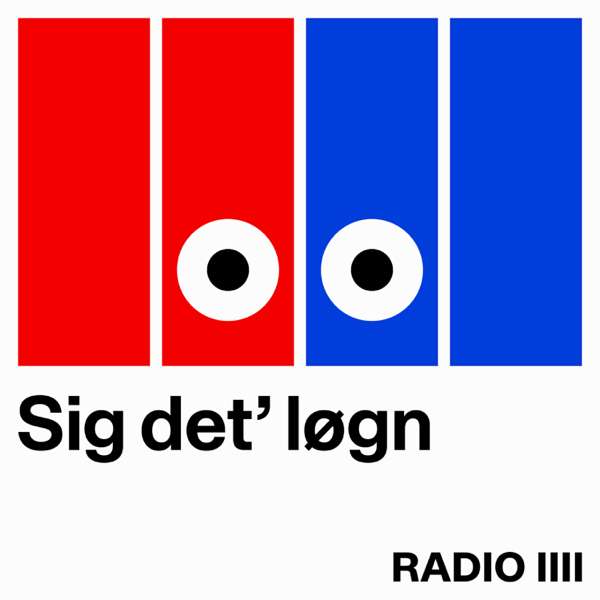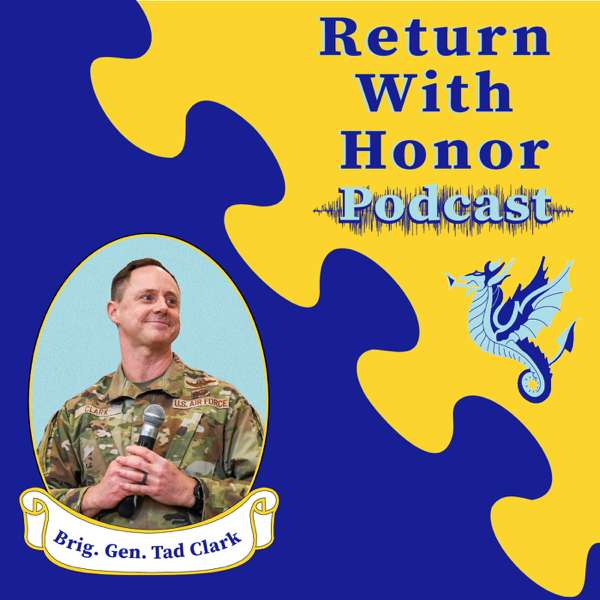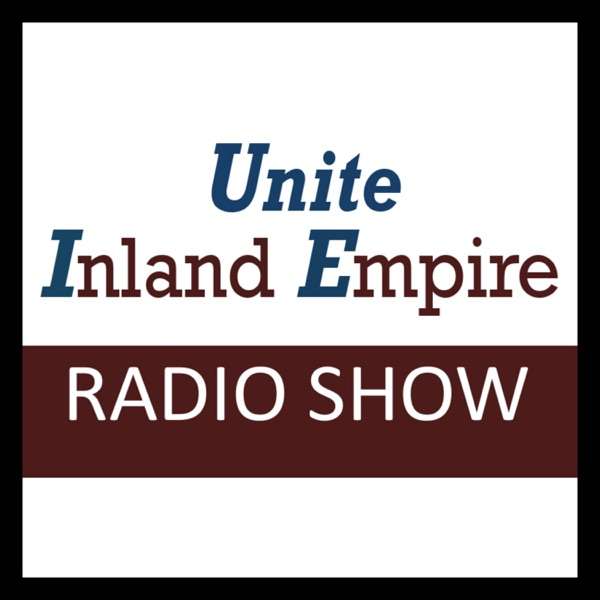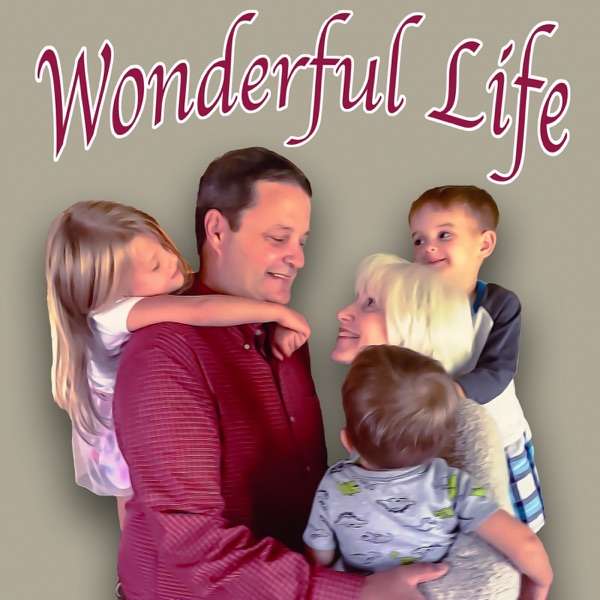Dr. Douglas D. Scott
Dr. Douglas D. Scott is an American archaeologist most notable for his work at the Little Bighorn in the mid-1980s. Working with Richard Fox, Melissa Connor, Doug Harmon, and staff and volunteers from the National Park Service, Scott worked to sketch out a field methodology that has enabled archaeologists to systematically investigate battlefields. This work is internationally recognized as constituting a great step forward in our ability to interpret battlefields archaeologically, regardless of the extent of the historical record. At the Little Bighorn, the fieldwork produced an interpretation of the battle that for the first time gave a clear understanding of the way the battle developed and pointed out some of the glaring inaccuracies of the historiography of the event. The fieldwork also helped determine which of the 242 headstones to the 210 U.S. soldiers lost at the Little Bighorn were erroneous, and recovered skeletal elements allowed one of the soldiers to be positively identified. It was not as successful in recovering the remains of 24 men lost in Deep Ravine and whose whereabouts are unknown to this day.
Scott continued doing battlefield archaeology by working at Little Bighorn every season for 23 years. He also directed work at Big Hole Battlefield National Historical Site, Sand Creek National Historic Site, Wilson’s Creek National Battlefield, Pea Ridge National Battlefield Park, and Monroe’s Crossroads Battlefield. He has assisted, advised, or volunteered on over 40 other battlefield and conflict site investigations in the U.S., England, and Belgium, including Washita National Historic Site and Honey Springs Battlefield with Bill Lees.
In another convergence the work at the Little Bighorn and the discovery of soldiers’ skeletal remains brought Scott into contact with Clyde Snow. Snow did an exceptional analysis of those remains, but also cajoled Doug Scott and Melissa Connor into taking the methods they developed in battlefield recovery to the field of forensic science. Snow’s statement that they should take their methods to a “real” battlefield led them to working for Physicians for Human Rights, the UN El Salvador Truth Commission, the UN Truth Commission for Former Yugoslavia, the International Criminal Tribunal for Former Yugoslavia, the International Criminal Tribunal for Rwanda, the U.S. State Department on a case in northern Cyprus, for PHR on the Greek side of Cyprus, and for the Regime Crime Liaison Office in Iraq. Connor shifted from prehistoric and historic archaeology to full-time forensic archaeology in 2000. She now directs the Forensic Investigation Research Station (FIRS) for Colorado Mesa University in Grand Junction, Colorado. Both Scott and Connor are Fellows of the American Academy of Forensic Sciences.
For this work, Scott has been honored with awards from the National Park Service. In 1992, he was awarded the Department of Interior's Meritorious Service Award and Medal for career accomplishments and innovative research. He served as the president of the Society for Historical Archaeology from 2006-2007. Scott is also a member of the Advisory Board for Armchair General Magazine.
From https://en.wikipedia.org/wiki/Douglas_D._Scott
We would love to get your feedback! Email
HELP US SPREAD THE WORD!
Tweet: I just listened to 15 Questions with an Archeologist! http://ctt.ec/fkV5f+
If you enjoyed this episode head on over to iTunes and kindly leave us a rating, a review and subscribe!
Ways to subscribe to 15 Questions with an Archeologist.
Click here to subscribe via iTunes
Click here to subscribe via RSS
You can also subscribe via Stitcher
Read more at SEAC

 Our TOPPODCAST Picks
Our TOPPODCAST Picks  Stay Connected
Stay Connected






